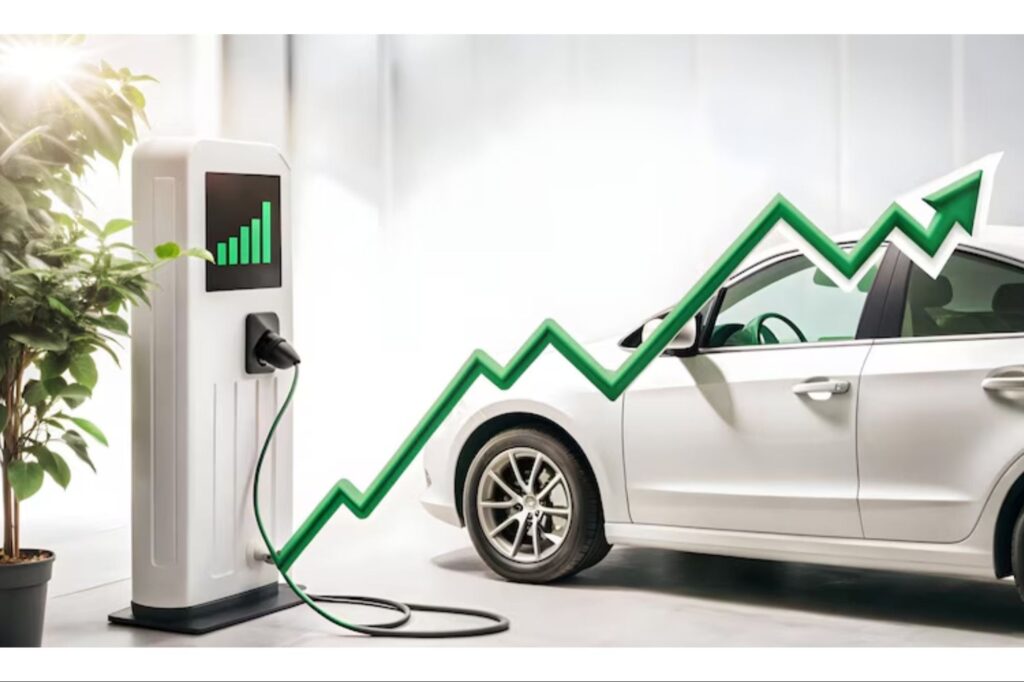India’s electric vehicle (EV) market is likely to see a huge surge, with the cumulative number of EVs on Indian roads estimated to be over 28 million by 2030. The growth will result in a huge incremental energy demand from the grid, according to the India Energy Storage Alliance (IESA), a leading industry association committed to e-mobility, energy storage, and hydrogen.
Sustained EV Sales Growth
The electric vehicle market in India experienced a phenomenal surge as overall sales marked an all-time high of 4.1 million units in the fiscal year 2023-24. The growth gets support from sustainable forces, altered consumer tastes, next-generation battery technology, and growing EV charging infrastructure. IESA forecasts that of total annual EV sales, 83% will be electric two-wheelers, 10% electric four-wheelers, and 7% commercial vehicles like buses, trucks, and three-wheelers.
Growing Electricity Demand for EV Charging
As the adoption of EVs increases, India’s power consumption is seeing phenomenal growth.
Vinayak Walimbe, interim president of IESA, said the country’s power consumption was 1,543 TWh in 2023-24, 7% more than last year.
Public charging infrastructure has also seen increased energy demand, and 465 GWh were utilized from April through October 2024, a mere whisper away from doubling FY 2022-23 at 204 GWh. Trends are defined by increasing home charge preference, with IESA having estimated EV charging energy demand at 4,000 GWh in FY 2024-25 and going up to 38 TWh for FY 2031-32, with estimated peak power demand at 366.4 GW.
National Electricity Plan and Future Energy Needs
As a measure of counter to increasing electricity demand of India, the Ministry of Power has conceptualized a National Electricity Plan, a 10-year vision paper suggesting attaining energy security and sustainable development. The scheme foresees the total annual electricity requirement on India’s power grid to be 2,133 TWh by 2031-32, out of which charging of EVs is anticipated to be about 3% of the same.
According to IESA estimates, India’s installed capacity must increase from 466 GW in January 2025 to 900 GW by 2032. This comprises 500 GW of renewable energy sources, including wind and small hydro, more than double the existing installed capacity of 165 GW.
Increase EV Charging Infrastructure
Among the key drivers of India’s EV transition is the widening of charging points to accommodate increasing electric vehicle quantities. The National Electricity Plan is a policy being used to hasten EV charging station installations, with the goal of opening almost 100,000 charging stations by 2030.
With strong government regulations, entrepreneurship activity, and technology innovation in clean energy, India is heading towards cleaner and greener transport over the next few years, reinforcing its decarbonization and energy efficiency commitment.
Read Also: India Boosts EV Adoption with New Policies and Growing Market

